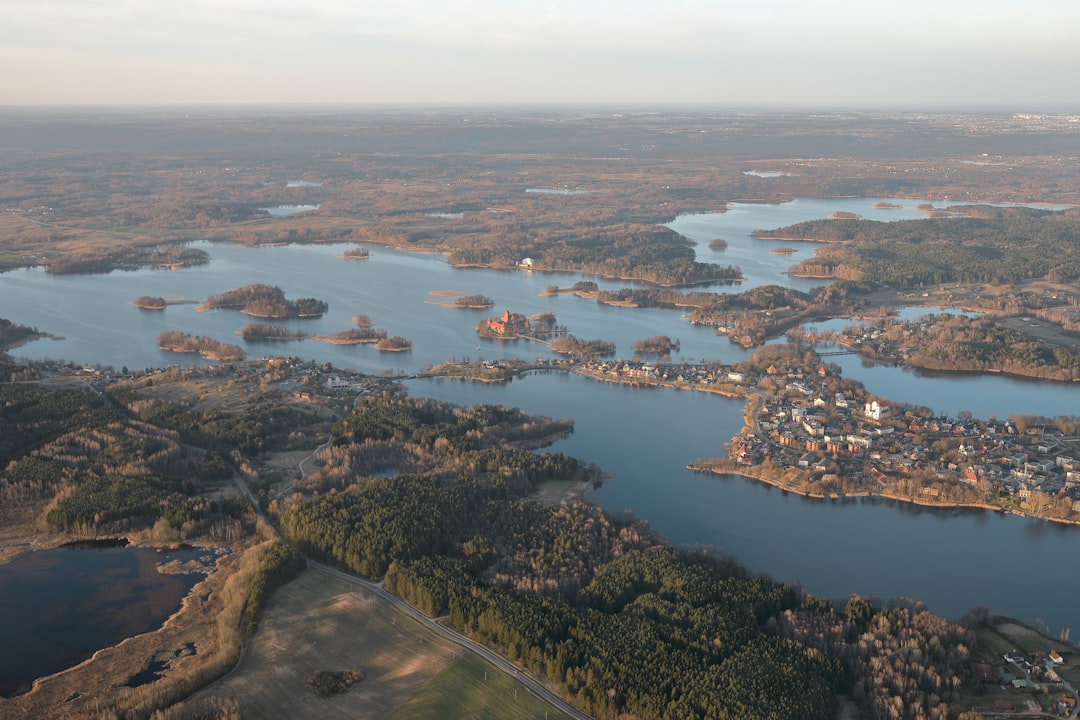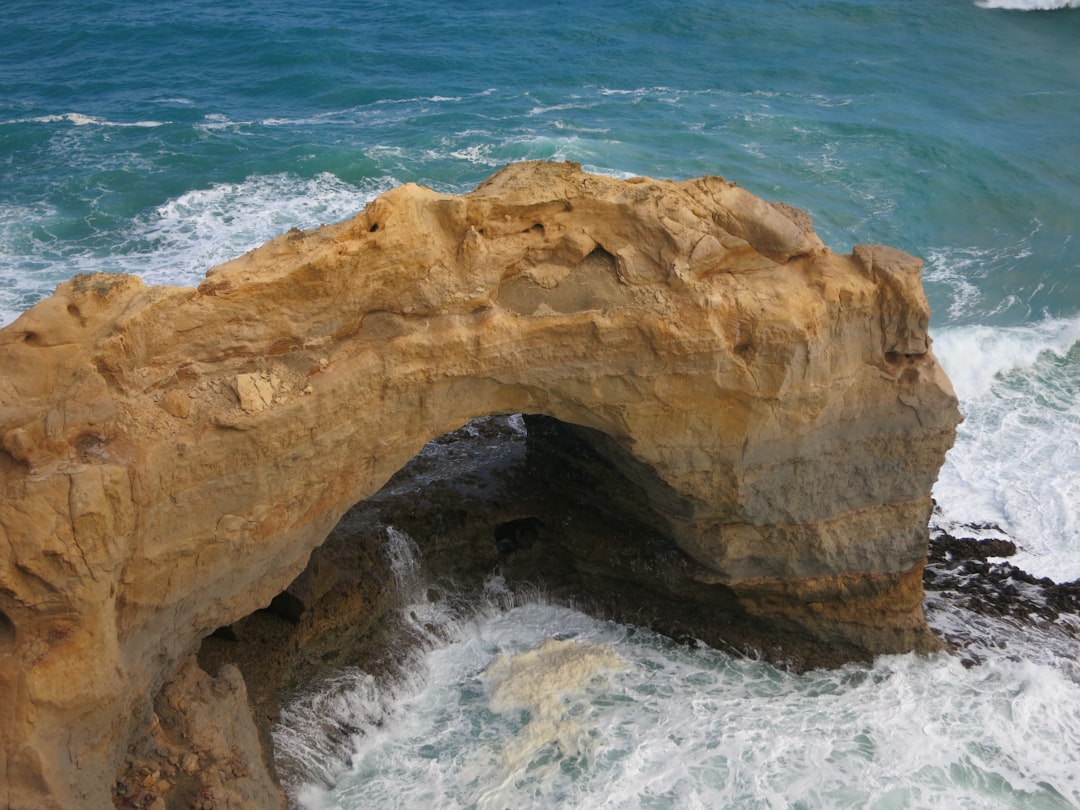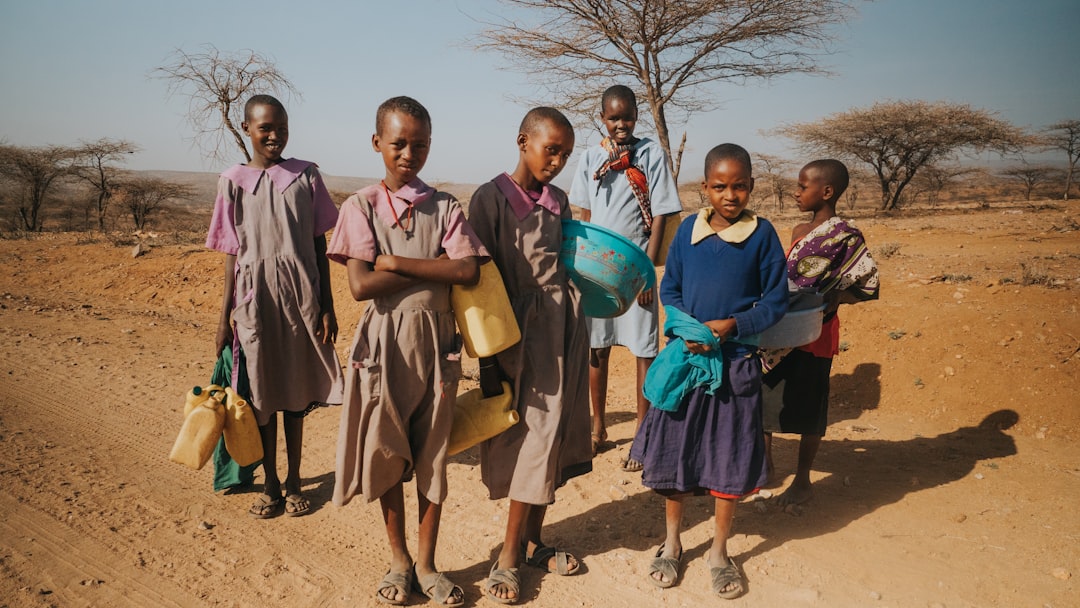What is it about?
A paleosol horizon is described from the contact of the Sausar Group (~2400 Ma) and its basement (Tirodi Gneiss; >2500 Ma) in Central India. Physical evidence of pedogenesis is marked by the development of stress corrosion cracks, soil peds, corestone weathering and nodular rocks. XRD and SEM-EDX data indicate the presence of siderite, ankerite, uraninite, chlorite, alumino-silicate minerals, ilmenite, rutile and magnetite, in addition to quartz, feldspar and mica. The chemical index of alteration, the plagioclase index of alteration, and the chemical index of weathering show an increasing trend from parent rock to the paleosol and indicate a moderate trend of weathering. The A-CN-K plot indicates loss of feldspars, enrichment in Al2O3 and formation of illite. Different major element ratios indicate baseloss through hydrolysis, clay formation, leaching of some elements, and more precipitation with good surface drainage. The paleosol is depleted in HREE in comparison to the parent rock indicating high fluid-rock interaction during weathering. The paleosol samples show flat Ce and Eu anomalies, low ΣREE, and high (La/Yb)N, indicative of a reducing environment of formation. Reducing condition can also be inferred from the concentration of elements such as V, Co, Cu, Pb, and Zn in the paleosol profile. Although enriched in Fe and Mg, the overall geochemical patterns of the paleosol indicate oxygen deficient conditions in the atmosphere and development by weathering and leaching processes associated with high precipitation and good surface drainage at the time of development of this paleosol during the Archean-Paleoproterozoic transition.
Featured Image
Why is it important?
The overall geochemical patterns of the paleosol indicate oxygen deficient conditions in the atmosphere and development by weathering and leaching processes associated with high precipitation.
Read the Original
This page is a summary of: Geochemistry of a paleosol horizon at the base of the Sausar Group, central India: Implications on atmospheric conditions at the Archean–Paleoproterozoic boundary, Geoscience Frontiers, September 2016, Elsevier,
DOI: 10.1016/j.gsf.2015.10.002.
You can read the full text:
Contributors
The following have contributed to this page










